Today's Journal
The work begins! I've spent the last two days working with Dr. Sarah Godsey getting oriented to our field sites, shuttling gear and setting up the field sites. The photo below shows the Kuparuk River Valley where we are working. We get to look up at the Brooks Range all day. A pretty incredible work site!
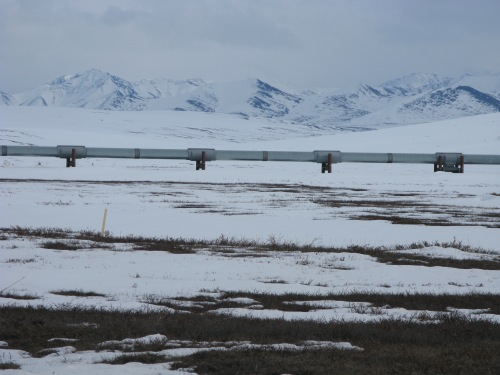
The Kuparuk river starts in the Brooks Range, flows north and eventually empties into the Arctic Ocean. Last fall Sarah and Dr. Tamara Harms selected six field sites, three of which are west facing and three are east facing. Each site consists of a water track that the team will investigate over the course of three years.
What is a water track?
Water tracks are flowpaths down tundra hillslopes. Unlike streams, water tracks aren't channelized and don't meander. Hey students, why do you think water tracks are so different from streams?
So what does a water track look like out in the field? Well, right now the water tracks are all covered with snow, so I can't tell you exactly what they look like, but I can tell you that we've measured deeper snow depths in the water tracks than in the areas outside of them. The team hopes to learn more about the role of water tracks in nutrient uptake and movement in the tundra. It is unclear how connected these areas are to the river and the rest of the hill slope, which will be another point of investigation for this project. I promise lots of water track photos as the snow melts and we can see the ground.
Science is hard work
We have been focused on deploying equipment out to the field sites before the real melting starts, which means lots of heavy lifting. For this process, we used snowshoes, snow machines and a hauling sled. So, yes, Ms. Barker learned how to drive a snow machine and was buzzing around the tundra in no time. We had some challenges with the snow machine and the loading of the sled, but eventually we figured out our system and made it to five of the six sites.
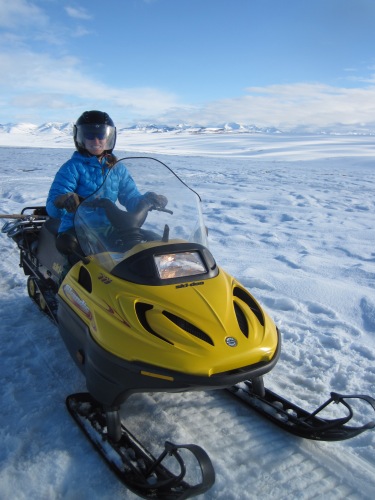
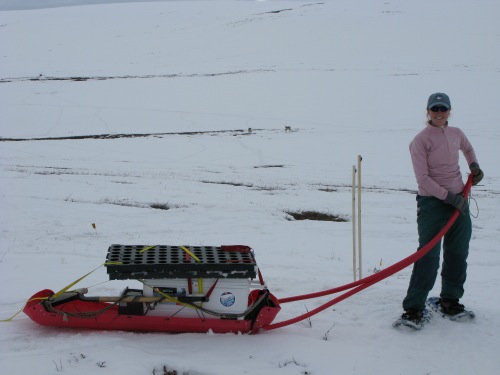
We also built a greenhouse that will cover part of one of the water tracks. The idea behind the greenhouse is that it will increase the temperature and cause the snow to melt faster. I'll let you know if this is actually happening in a later journal.
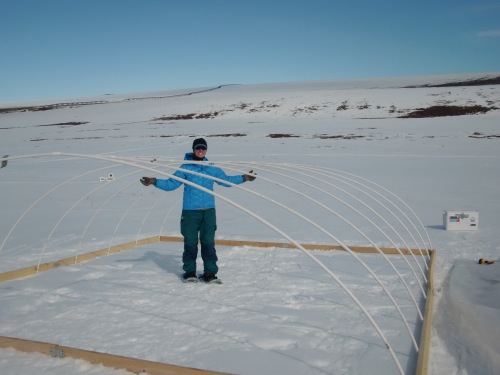
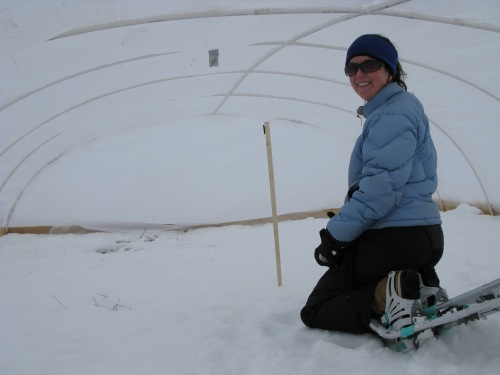
Question to Ponder
In the photos below, look at the hillslopes beyond the pipeline. What differences do you observe between the two hillslopes? Which slope is west-facing and which is the east-facing slope?
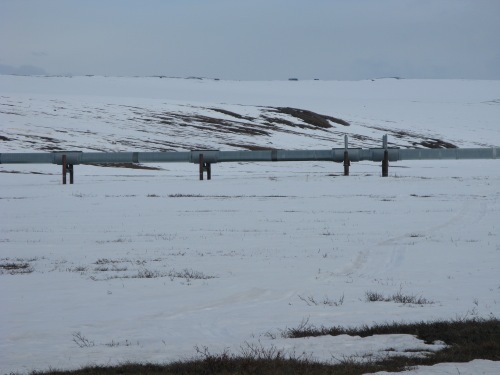
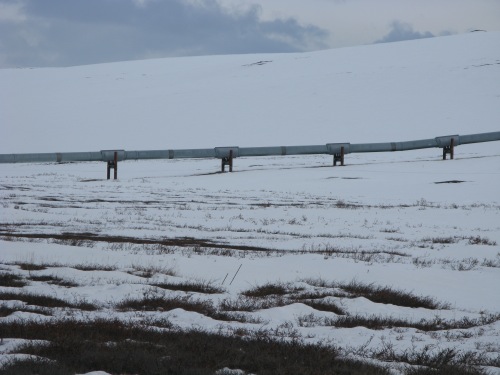


Comments